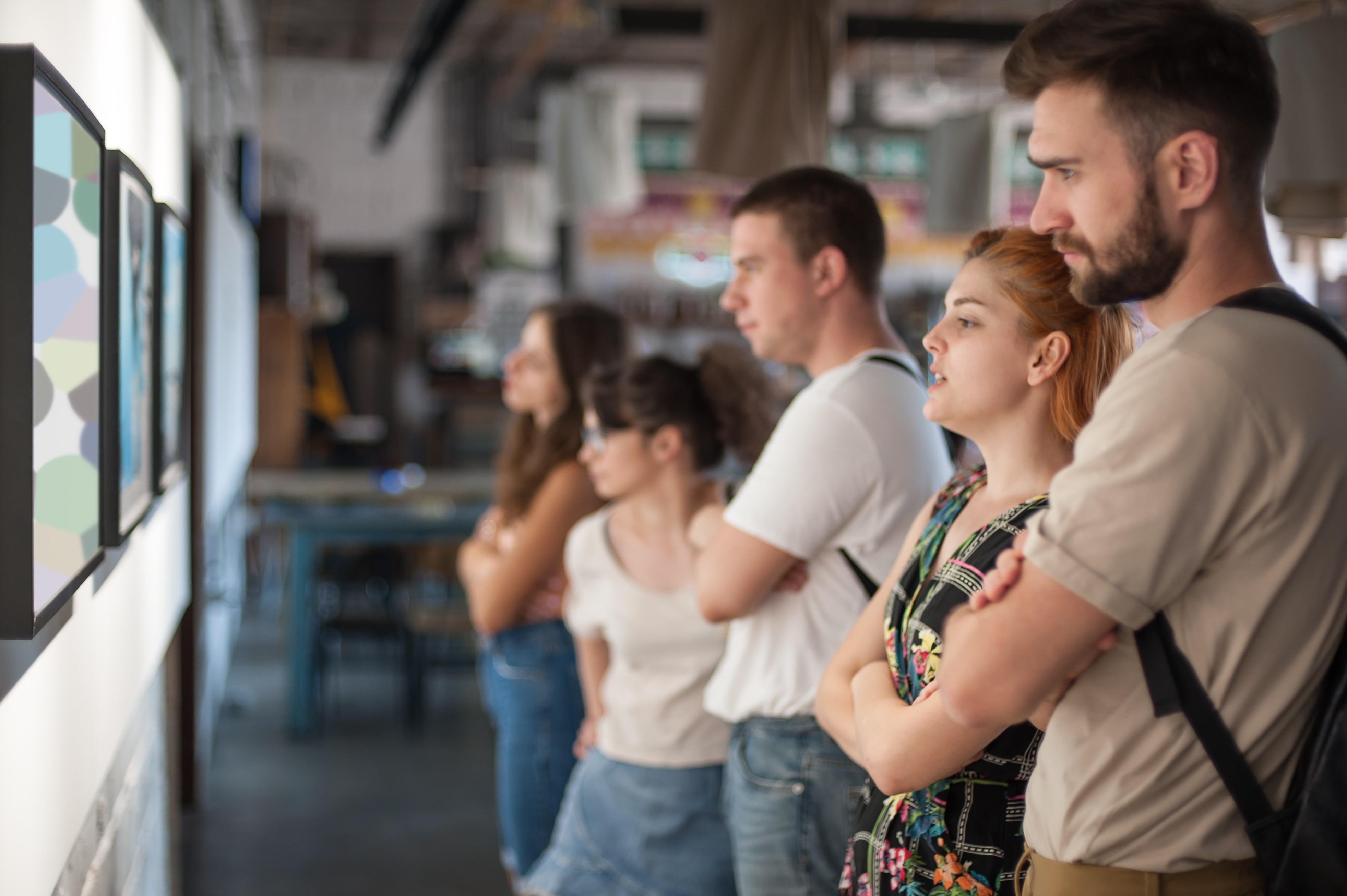
Museum Experience
Overview
This study addresses the lack of awareness and engagement in sustainable fashion by creating an educational experience that encourages visitors to make informed, eco-conscious choices in their daily fashion decisions.
Client
Museum Experience
Industry
Art
Service
Case Study
Duration
1 Month
Objective
Deepen people's knowledge of sustainable textiles in the fashion industry and its environmental impact.
Motivate people to take sustainable actions in their fashion textile choices through an interactive museum experience.
Goal
An interactive and engaging museum experience that educates visitors on sustainable textile choices and empowers them to make eco-friendly fashion decisions.

Research & Ideation
Secondary Research
Desk research: Analysed sustainable fashion museums like Fashion for Good (Amsterdam).
User insights: Explored visitor engagement methods.
Cultural probe: Investigated participants' awareness and actions related to sustainability.
After doing secondary research and methods, Have finally decided to go with 6 sections for the museum, reflecting the textile production lifecycle, to educate and encourage visitors to make sustainable fashion choices.

User testing of flow
Testing question
Is the flow from one section to another seamless and does it make sense?
Method of Testing
Showed participants the floor plan of the museum, with different sections marked out but unnamed. We gave them cards of the various sections and asked them to place the cards against each section, based on how they would arrange them in the museum

Insights
Most participants preferred the flow: Material Selection → Design → Usage, as it aligns with the natural progression of textile production and use.
A few suggested placing the Impact Section at the beginning to immediately engage visitors.
However, we opted to start with the Connection Section, using the visitor’s current outfit sustainability as a hook for a more impactful experience.
Physical Prototype - Brainstorming
After establishing the museum's flow, brainstormed interactive elements for each section, exploring how visitors would engage with them and created quick prototypes, refining ideas to ensure a seamless and impactful experience.

Gallery Walk
After the brainstorming session, conducted a gallery walk and mapped the museum’s flow based on the textile lifecycle and prototypes. Feedback emphasized the need to refine the interaction sequence within each section.

Feedback
The Gallery Walk suggested reducing the number of interactions and adding more information on sustainable materials. To address this, we streamlined exhibits and enhanced the Material Section with labels and tactile experiences for better visitor understanding.
User Flow / Testing & Iterations

Iteration 1
Integrated interactive mirrors in each section to help visitors assess and swap their outfit materials for sustainable alternatives.
Used RFID watches for tracking visitor choices and sustainability impact.
Feedback: Too many mirrors felt overwhelming, and constant manual RFID tapping was tedious.
Iteration 2
Removed frequent mirrors and replaced them with auto-detect RFID watches for seamless material detection.
Focused on sensory engagement, allowing visitors to touch and feel sustainable fabrics instead of relying on mirrors.
Feedback: Some visitors still preferred mirrors for visualizing outfit changes.
Iteration 3
Reintroduced mirror stations in key areas for an optional interactive experience.
Switched from RFID watches to RFID wristbands made from sustainable fabric for a stronger connection to sustainability.
Balanced individual actions and collective impact, refining the Impact Section to better reflect visitors’ choices.
Conclusion
This project successfully bridged sustainability and interactive learning through an engaging museum experience. By iterating on design, user engagement and technology integration, refined the visitor journey to balance education, interaction and impact. The final design effectively encourages visitors to make informed, sustainable fashion choices through hands-on experiences, RFID tracking and immersive storytelling.


